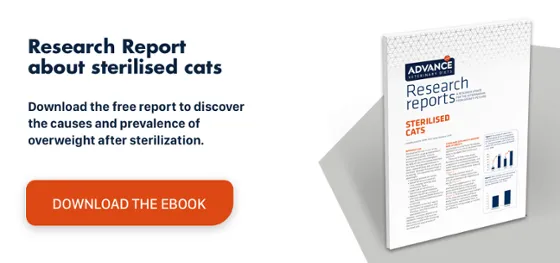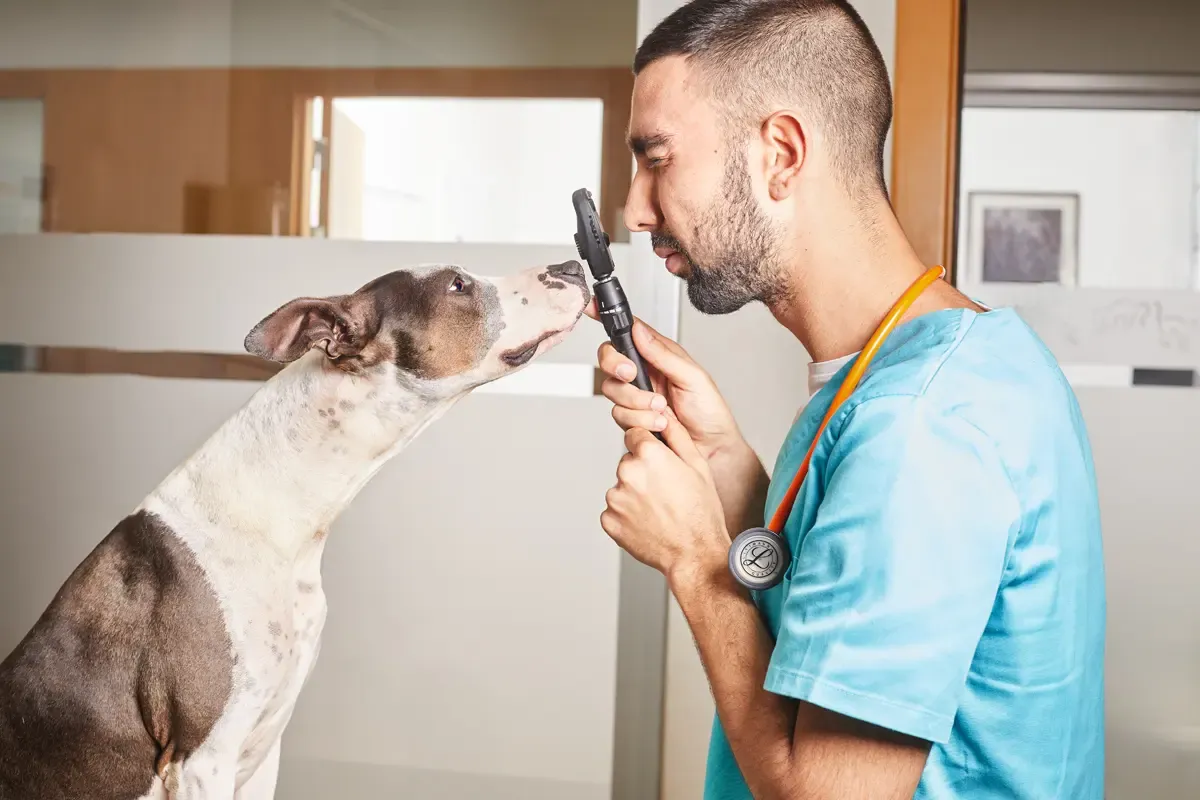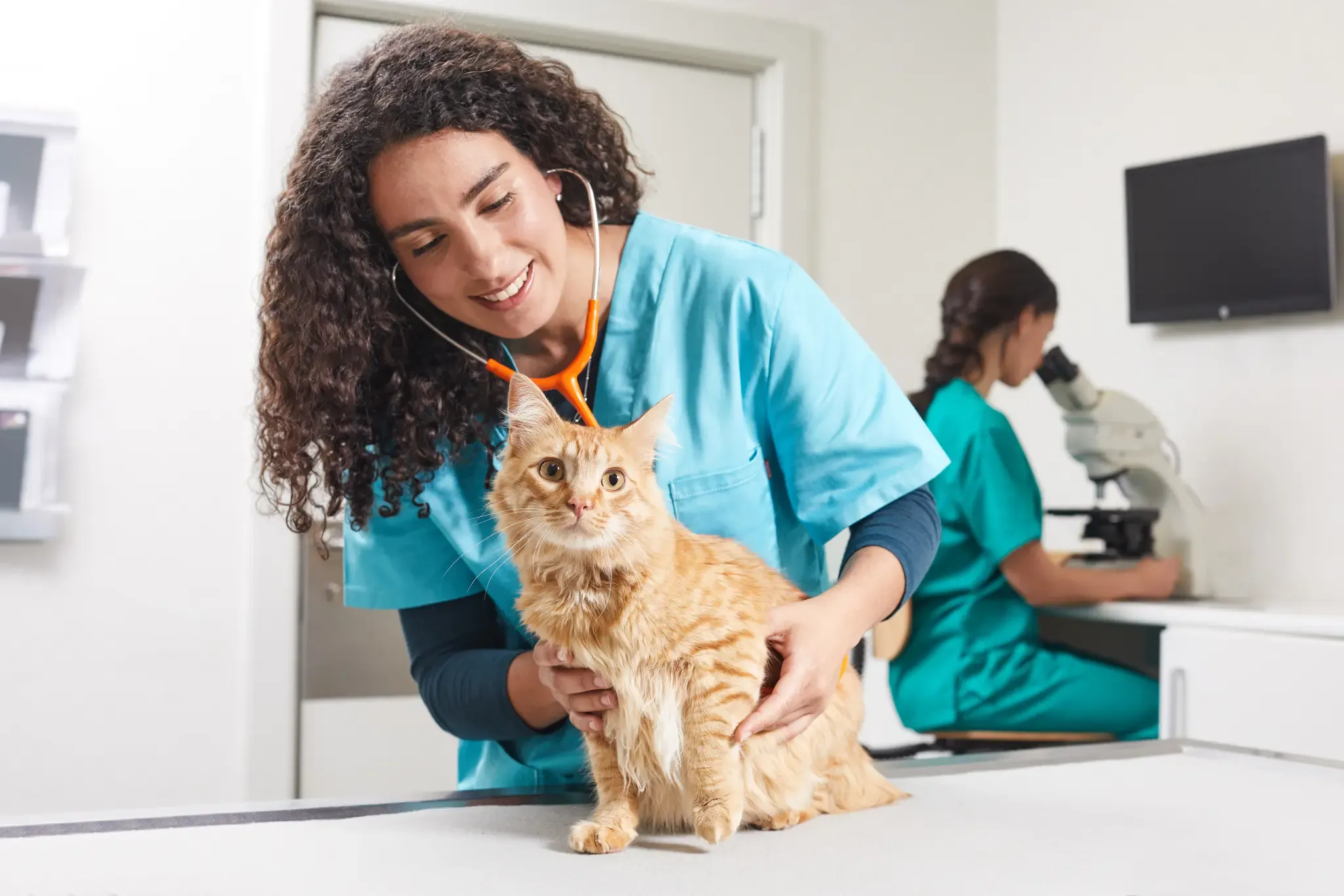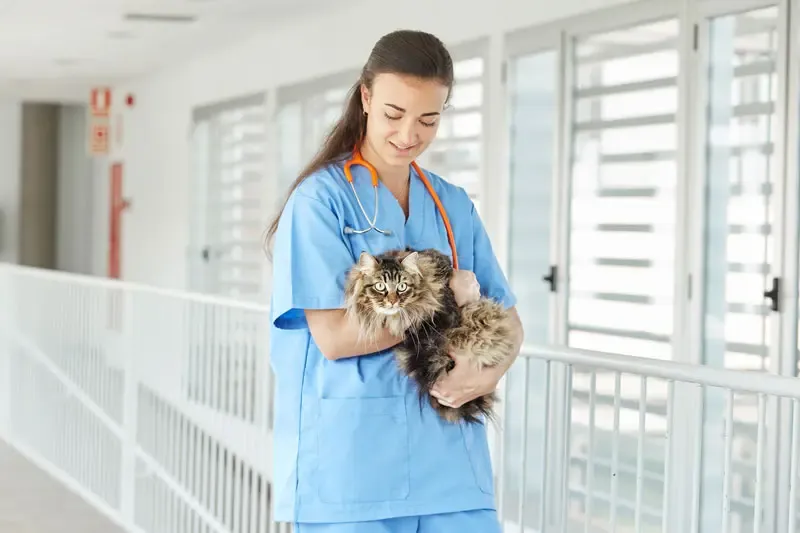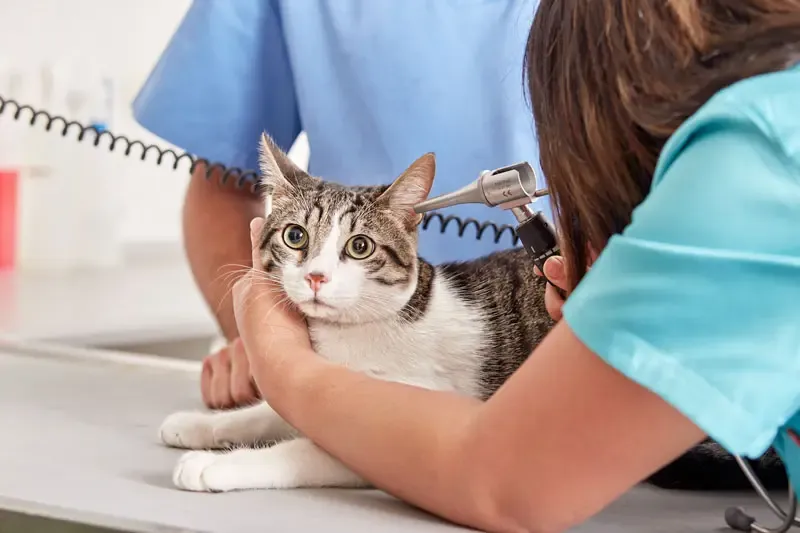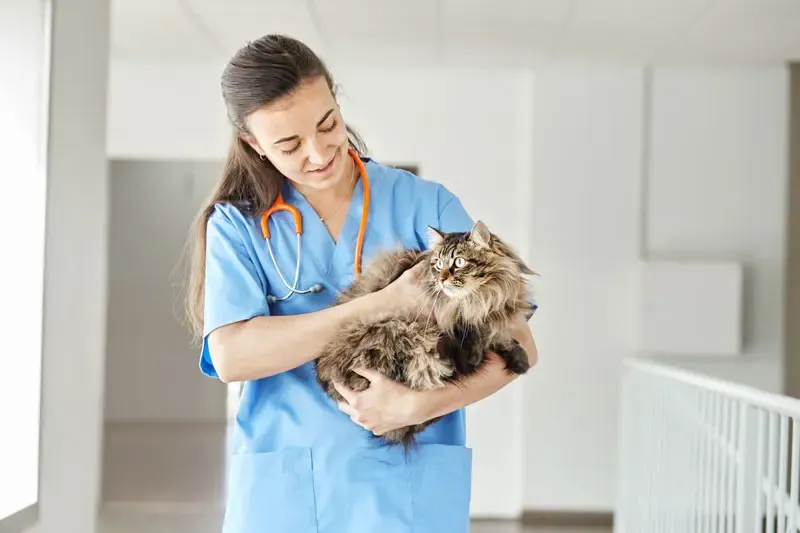Castration in cats is an increasingly common measure applied to avoid unwanted litters and curb a patient’s sexual behaviours and tendency to stray. As it quells aggressive behaviour , it also reduces the risk of fights and, therefore, viral infections due to bites.
In addition, castration in cats lowers the risk of hormone-dependent and reproductive tract diseases . The probability of developing mammary or testicular cancer, pyometra or prostatic hyperplasia all decrease as well. Ultimately, castration increases a cat’s life expectancy compared to intact patients.
However, regardless of its benefits, castration in cats also has its potential consequences and long-term side effects , so a reasoned decision should be made for each individual case.
Main consequences of castration in cats
- Obesity. Castration changes a cat’s metabolism, as it reduces their energy requirements by 20–30% . Castrated cats tend to have a greater appetite, so they often gain weight after the intervention, eventually leading to an increased risk of diseases such as diabetes, joint disease and hypertension.
- Diabetes. The risk of developing diabetes is 2 to 9-times greater after castration, probably because of a decline in insulin sensitivity , although it may also be due to being overweight. A study by Rand et al. 1found that Burmese cats are particularly susceptible to developing diabetes.
- Prostate cancer. Although this disease is rare in cats, the few reported cases to date have mostly involved castrated animals, as indicated by Kustritz 2, hence it is believed that castration in cats may increase their risk of prostate cancer.
- Growth plate fractures. The closure of long bone growth plates is mediated by gonadal hormones, so it is often delayed in sterilised or castrated cats. In fact, a study conducted at Purdue University 3 showed that prepubertally obese, castrated cats were more likely to suffer delayed physeal closure and growth plate fractures.
In any case, we must bear in mind that some of the negative consequences of castration in cats are aggravated by obesity, so it is important to opt for a low-calorie diet, such as ADVANCE Sterilized Adult , to help them maintain an ideal weight while also providing all the nutrients they need to stay healthy.
When should we look for alternatives to surgery?
In general, dogs are exposed to more potential risks after castration than cats, as reported in a comprehensive study conducted at Texas A&M University 4. However, other options should be considered in breeds with a greater predisposition for the most common problems linked to gonadal hormone deficiency.
For example, alternatives include a hysterectomy or vasectomy ; these procedures involve removing the uterus and part of the fallopian tubes in female cats and the vas deferens in male cats, thus preventing them from reproducing while their natural hormone mechanism remains unaffected.
Nonsurgical options can be considered in patients with health problems that would represent a significant risk for surgery. Chemical castration , which involves the intratesticular injection of zinc gluconate and arginine to induce testicular sclerosis and permanent sterility, can be used in male cats. The procedure does not require anaesthesia, but rather it can be performed under mild sedation.
Although less widely used, various contraceptive products are also being developed, such as GnRH agonists and antagonists, which reversibly inhibit spermatogenesis and sperm motility, so these are another alternative for consideration.
